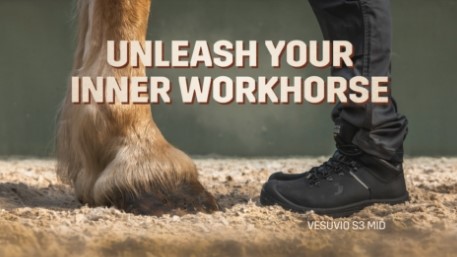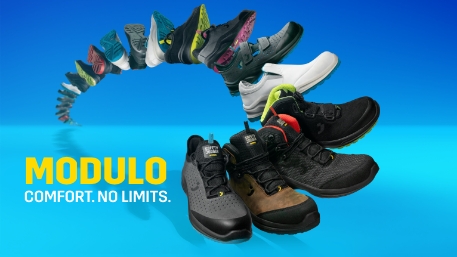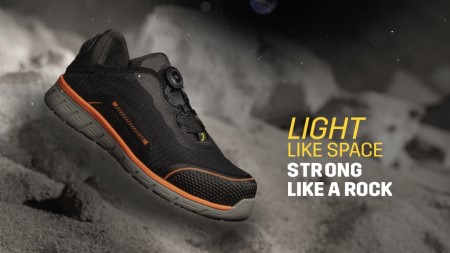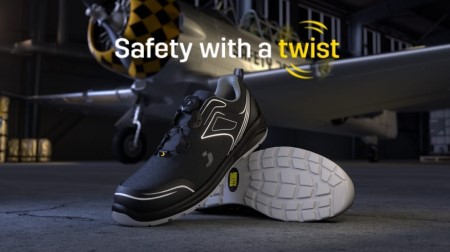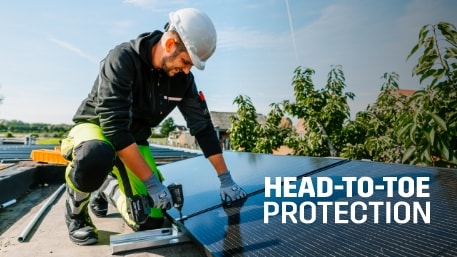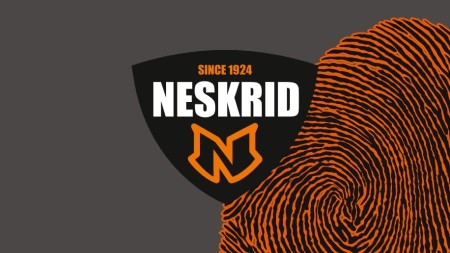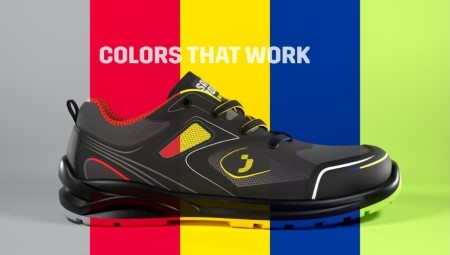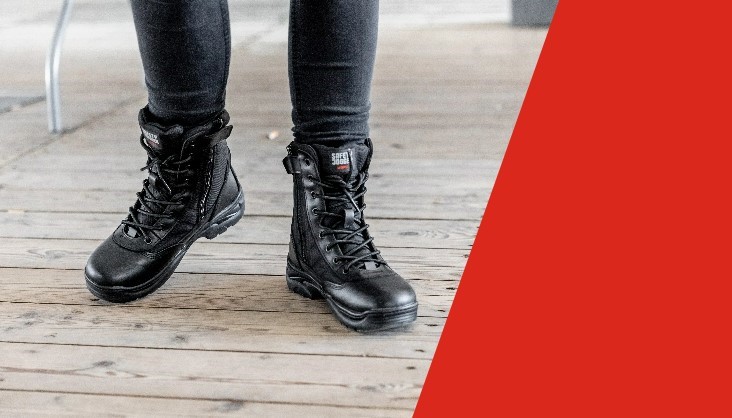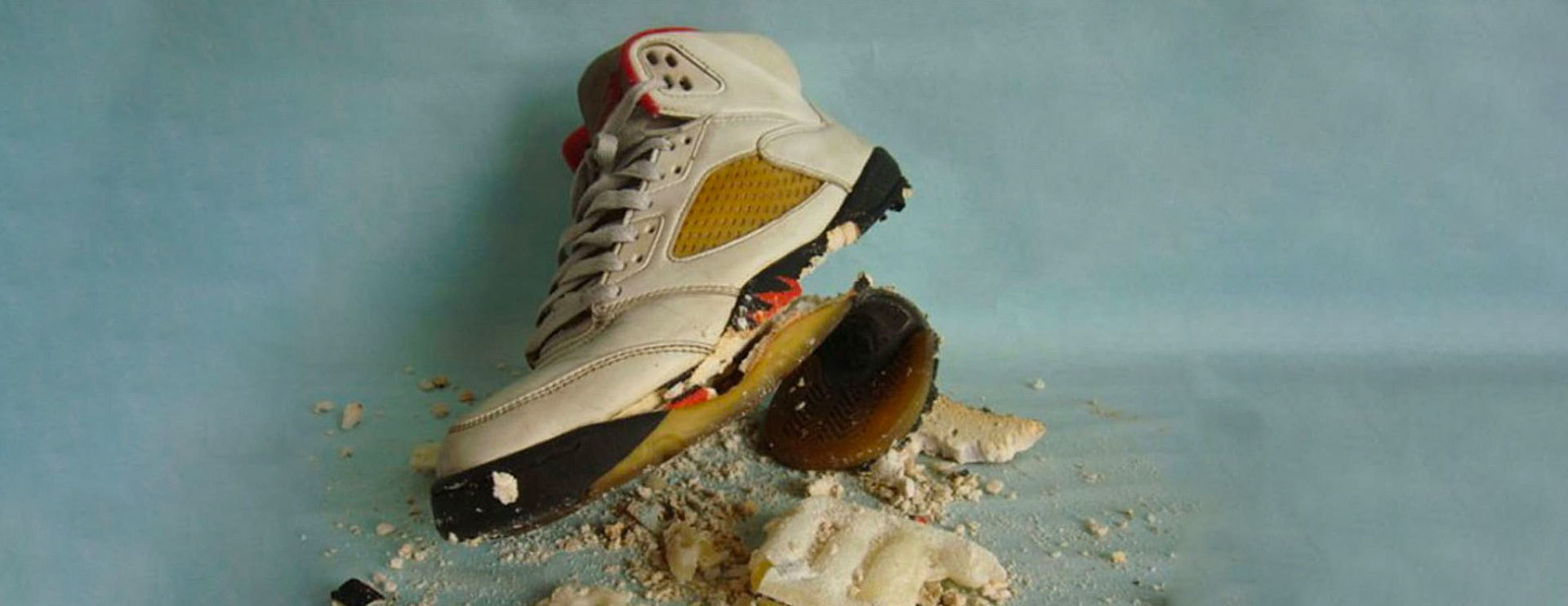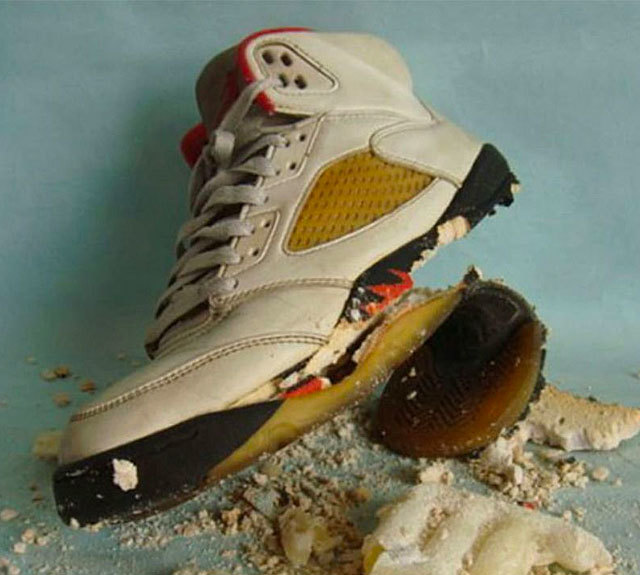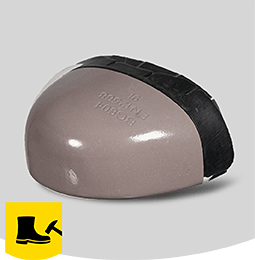
Hydrolysis, the crumbling of shoe soles explained
Hydrolysis and polyurethane explained
Many of our shoes have the soles attached to the uppers by a process where 2 materials are brought together in a mould, the resultant chemical reaction forms polyurethane (PU). the use of polyurethane makes a lightweight flexible sole which is not only shock absorbent but also extremely hard wearing, that's why polyurethane is ideal for shoes.
One of the main technical challenges with polyurethane is overcoming an ageing deterioration known as ‘hydrolysis’. Hydrolysis is the chemical breakdown of the PU polymer and the resulting physical breakdown or crumbling of the PU sole by the attack of water (usually in vapour form), occurring over a period of several years (even when the shoes are in store!).
This process is accelerated by warmth and high humidity. It will, therefore, happen more quickly in tropical climates, but also in confined spaces (such as lockers) if the safety shoes are put away damp. In the most advanced state of hydrolysis, the PU sole will lose all its physical strength, thus cracking or crumbling.
The Safety Jogger PU sole has been improved to increase the resistance against hydrolysis and performs better than any average safety shoe. Below you will read why!

The attack of hydrolysis on a regular PU sole
Safety Jogger products with PU sole

The Safety Jogger PU sole
There are 2 types of PU soles. There is a Polyether based PU sole and a Polyester based PU sole. Polyether based PU soles have a high resistance against hydrolysis and low oil resistance. Polyester based PU soles have a low resistance against hydrolysis and high oil resistance.
Safety shoes are always using a polyester based PU sole. The basic PU sole used in most safety shoes on the market lasts for 1.5 year in tropical conditions and 3 years in normal conditions.
The Safety Jogger PU sole, upgraded with improved resistance against hydrolysis, lasts for 4 years in tropical conditions and 8 years in normal conditions. Making our safety shoes a reliable product of endurance.
Do you have any questions about hydrolysis or crumbling shoe soles?
Don’t hesitate to contact us right away, We're social!
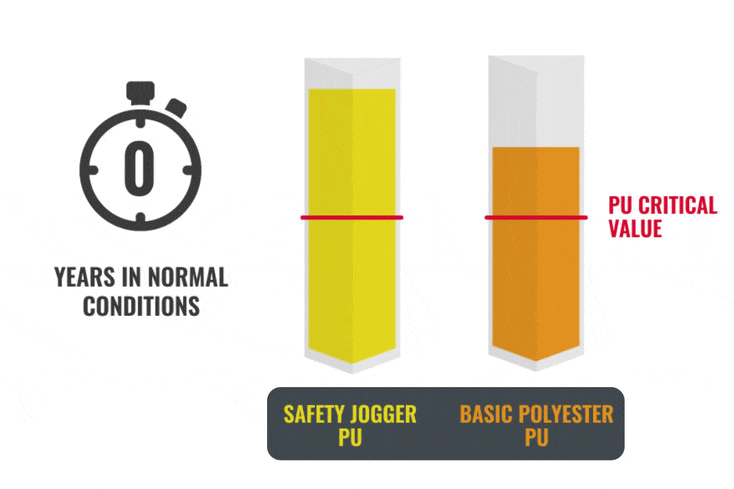
You might also like to read

ESD vs. antistatic: what is the difference?
Small sparks can sometimes have large consequences. Antistatic or ESD shoes avoid those sparks by sending electrical charges to the ground. But what is the difference between these two types of shoes?
ESD
Waterproof work boots & shoes
More than likely you’re going to get caught up in the rain at some point on a regular workday. When you do get caught in a downpour, generally you’ll come home taking of those wet socks to spot a pair of wrinkled feet.
Waterproof
Individual orthopedic solutions for safety shoes
Do you have special needs for your feet? With the help of Neskrid, you can replace the original Safety Jogger footbed with a footbed that is custom-made for you and still has the same safety certifications.
NeskridGROW YOUR BUSINESS & BECOME A DEALER
Safety Jogger is worldwide and always looking for people who trust our brand as much as we do! We have a team of expert's ready for you to help with questions about our brand, technologies or reselling our products. So, don’t hesitate to fill in this form, we usually get back to you within a day!
Further information?
Fill in the form and we’ll get in touch!
